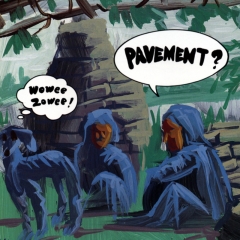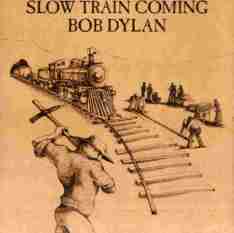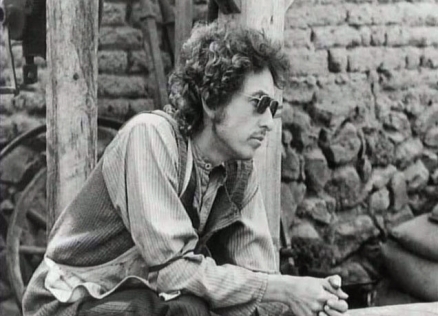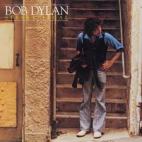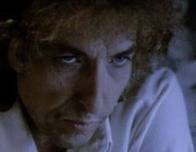 There can be no sight without sound, no beauty without brutality, no love without hate, no pleasure without pain. Such dichotomies comprise the framework of Michael Haneke’s, The Piano Teacher (2001), the story of Erika Kohut (Isabelle Huppert), a middle-aged pianist and instructor at an elite Viennese music conservatory who specializes in Schubert and Schumann.
There can be no sight without sound, no beauty without brutality, no love without hate, no pleasure without pain. Such dichotomies comprise the framework of Michael Haneke’s, The Piano Teacher (2001), the story of Erika Kohut (Isabelle Huppert), a middle-aged pianist and instructor at an elite Viennese music conservatory who specializes in Schubert and Schumann.
The opening scene is a confrontation between Erika and her mother after Erika comes home a few hours late. Their argument escalates, even becoming physical and when the mother ransacks Erika’s bag we expect to find drugs, condom wrappers, firearms. Turns out, she was only hiding a dress she bought. An absent father, we’re told, has been in a psychiatric hospital for most of Erika’s life. Erika seems like a victim, but as we learn, her damage takes the form sociopathy.
During her lessons, she is particularly harsh to the students, gazing trance-like out the window as they play, then swooping over their shoulder to bark criticisms. (“Bach writes in shouts and whispers, you are merely playing it loud and soft!”) She is particularly brutal to a virtuosic girl who seems to remind Erika of herself. She later sabotages the girl, hiding glass in her jacket pockets, causing her to injure her hand before an important performance. Erika watches dirty movies in the private viewing booths of porn shops while sniffing the discarded tissues; she peeps in on lovers at a drive-in movie; she engages in genital self-mutilation. When a sycophant student named Walter professes his love for her, she acknowledges his advances but resists any physical consummation, insisting first on presenting him with a written sadomasochistic wish list.
Erika will always be out of step with other people. Though presenting a hyper-controlled persona, her imagination is filled with thoughts of self-harm. She is most in her element observing the world. She is a voyeur, but even as a teacher, her interest in her students is all about distance. She is happier brutalizing them than helping them grow. The film has virtually no score except for the Schubert and Schumann she plays and teaches. The music is used exclusively in diegesis, not only during the lessons and performances, but also in Erika’s head. A sonata plays as she watches other people having sex, serving as a buffer separating experience from consumption. The music is the way she disengages and is able to construct an approximation of pleasure and normalcy.
Through Walter, Erika recognizes an opportunity to really experience her deepest fantasies, but what she fails to realize is that unlike voyeurism, she must consider the needs of a partner. Every time Walter makes an advance, she bristles, barking orders as if they are at the piano. When she reveals her desire to be beaten and humiliated, Walter rejects her in disgust, it is only then that her fabricated personality breaks down and real desire transforms her to a pleading schoolgirl. Humiliated, she runs away. Walter chooses to use the narrative of their relationship as part of the fetishistic narrative she herself wrote. “You can’t just do this to people,” Walter said earlier after feeling she was leading him on, “You hurt me.” Remembering this, Walter is now playing along—now it’s his turn to hurt her.
He shows up late at night, locks Erika’s mother in the bedroom and beats and rapes her. Left bloodied, debauched and alone this was not how Erika pictured it.
The obsessive pursuit of sexual control is a zero-sum game. The courtship between Erika and Walter is not one of discovery and bliss, but one of two people circling each other like wolves from rival packs. At different times, both characters utter “I love you,” but in each case, the words only punctuate a position of exposure and vulnerability. As Erika says, savoring Walter’s desperation, “There’s more to life than love.”
Erika is a smart woman and it’s impossible to think this relationship would ever work out. She is incapable of love as a healthy person would understand it. For her, it is a cycle of suffering. What she wants most is to be the master of her own pain. It isn’t other people she wants to control, it’s her own life. Her foray with Walter is just another example. She actively introduces a condition of heartbreak and degradation just as she introduces a blade to her skin. It’s the ultimate pleasure.



